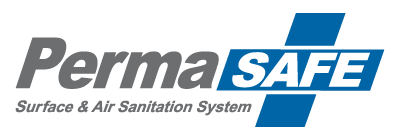Unfortunately, unless you or the cleaning/sanitizing service provider you employ, have done the necessary research and are utilizing the carefully selected assortment of cleaners, disinfectants and sanitizers that are typically required to properly disinfect or sanitize such a variety of surfaces and materials, it’s unlikely that the critical surfaces you and your family, friends, coworkers or customers think are being disinfected or sanitized actually are being disinfected or sanitized.
Why? Because most disinfectants are formulated for cleaning and disinfecting hard, non-porous, non-food contact, institutional surfaces, such as the kitchen, bathroom and storage room floors in hospitals, clinics and similar facilities.
While generally suitable for such institutional uses, not many of us live or work in environments comprised solely of hard, industrial surfaces and devoid of wood, sheetrock, fabrics and food. The soft, porous, food contact and other sensitive surfaces described above are omnipresent in our homes, offices, and lives. Yet very few disinfectants are EPA registered or approved for use on any surfaces other than “hard, nonporous” ones. In fact, all but a small percentage of disinfectants are highly toxic and, as clearly stated on their product labels, “Hazardous to Humans and Domestic Animals.” While these characteristics are typical, they’re also dangerous, and their presence alone should be enough to question if such products are appropriate for use around the people and property that inhabit a given space.
